Guidelines for the monitoring and assessment of plastic litter in the ocean/Руководство по мониторингу и оценке уровня пластикового мусора в океане
Издание на английском языке
The principle purpose of this report is to provide recommendations, advice and practical guidance, for establishing programmes to monitor and assess the distribution and abundance of plastic litter, also referred to as plastic debris, in the ocean. It is a product of the GESAMP Working Group (WG40) on «Sources, fate and effects of plastics and microplastics in the marine environment», coled by the Intergovernmental Commission on Oceanography (IOC-UNESCO) and the United Nations Environment Programme (UNEP). The report was prepared by 19 independent experts from 14 countries, with financial support from a number of agencies and national governments (Annex I). The term ‘plastic litter’ is used throughout, but is synonymous with «plastic debris». In some cases the report refers to monitoring strategies and sampling protocols that have been designed for the monitoring of all forms of marine litter (i.e. processed wood, metal, textiles, glass, munitions, and plastics).
This document is intended to inform the establishment of national and regional field monitoring programmes. It provides links to protocols and data recording sheets that are intended be used in the field. The scope is restricted to monitoring plastic litter in the marine environment. However, many of the techniques described can be used in freshwater environments, specifically for monitoring rivers and lakes, with appropriate modification.
Contents
Preface
1 Background
1.1 Purpose and objectives
1.2 Plastic litter as a global ocean concern
1.3 The role of monitoring and assessment
1.4 How to use the report - structure
2 Definitions and terminology
2.1 The need for clarity
2.2 Monitoring and assessment
2.3 Composition of plastic marine litter
2.4 Types of plastic marine litter
2.5 Physical descriptors of plastic marine litter
3 Designing monitoring and assessment programmes
3.1 The role of monitoring and assessment
3.2 Indicators and targets
3.3 Data requirements for monitoring
3.4 Basics of survey design
3.5 The role of citizen science
4 Monitoring methods for shorelines
4.1 Description and relevance of shoreline compartment
4.2 Rapid assessment surveys
4.3 Routine monitoring of the shoreline
4.4 Other shoreline types
4.6 Using citizen science
5 Monitoring methods for the sea surface and water column
5.1 Description and relevance of the open water surface and water column compartments
5.2 Sampling strategy
5.3 Selecting the most appropriate sampling methods
5.4 Sample processing in the field
5.5 Monitoring and citizen science
6 Monitoring methods for seafloor
6.1 Description and relevance of the seafloor compartment
6.2 Macroplastics
6.3 Microplastics
6.4 Citizen science
7 Monitoring methods for marine biota
7.1 Description and relevance of interaction of marine litter with biota
7.2 Biota as indicators for monitoring plastic litter: deciding what to sample
7.3 Strategies for monitoring
7.4 Ecosystem level monitoring (habitats)
7.5 Citizen science
8 Sample processing for microplastics
8.1 Overview
8.2 Contamination controls
8.3 Density separation and filtration using aqueous solutions
8.4 Biological and chemical digestion
9 Methods of physical, chemical and biological characterisation of plastic litter
9.1 Introduction
9.2 Physical characterization
9.3 Chemical characterization
9.4 Biological characterization
10 Recommendations
10.1 Recommended definitions and strategies (chaps 2-3)
10.2 Rummary of recommended sampling methods (chapters 4 – 7)
10.3 Recommended methods for marine litter characterization (chapters 8 – 9)
11 Future steps
11.1 SDG 14.1.1 indicator development
11.2 Data management
11.3 Towards more effective monitoring programmes
References
Annexes
Annex I Membership of GESAMP working group 40
Annex II Summary of existing monitoring programmes and protocols, used by national and regional organisations
Annex III Examples of marine litter category lists
Annex IV Categories for describing fishing gear
Annex V Monitoring/sampling protocols - shorelines
Annex VI Monitoring/sampling protocols - seawater
Annex VII Monitoring/sampling protocols - seafloor
Annex VIII Monitoring/sampling protocols - biota
Annex IX Recommended protocols for minimising microplastic contamination
Annex X Analytical methods for chemicals associated with plastics
Annex XI Examples of marine litter data repositories
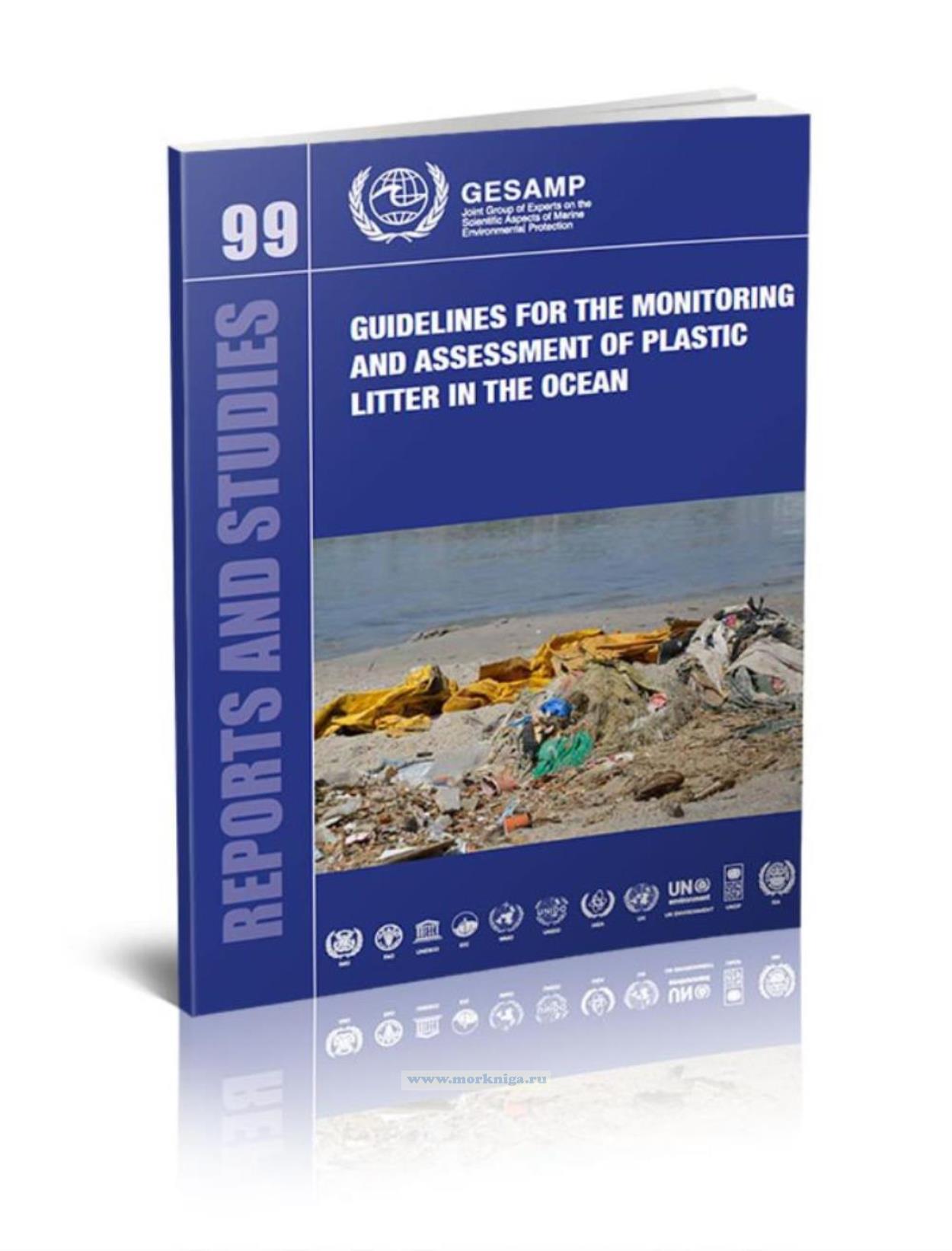
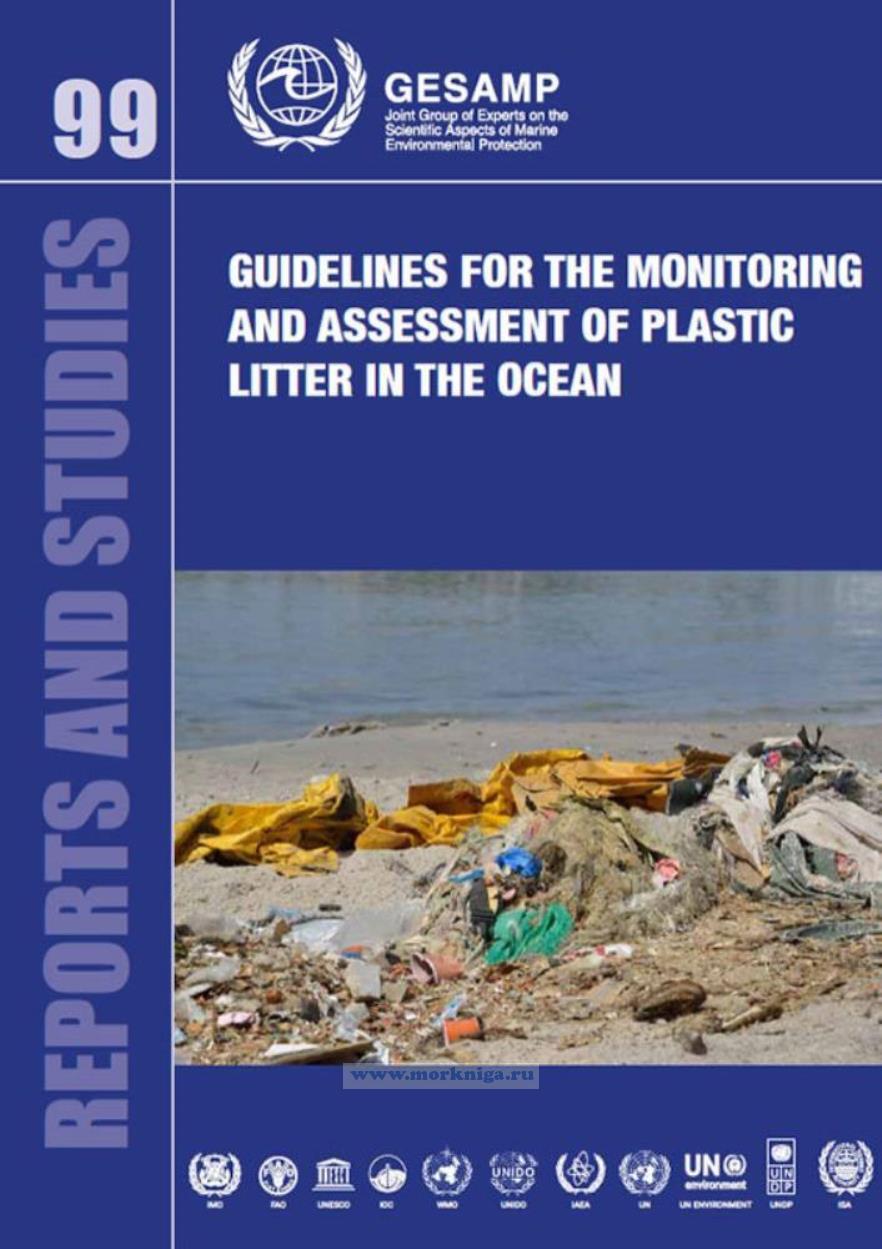
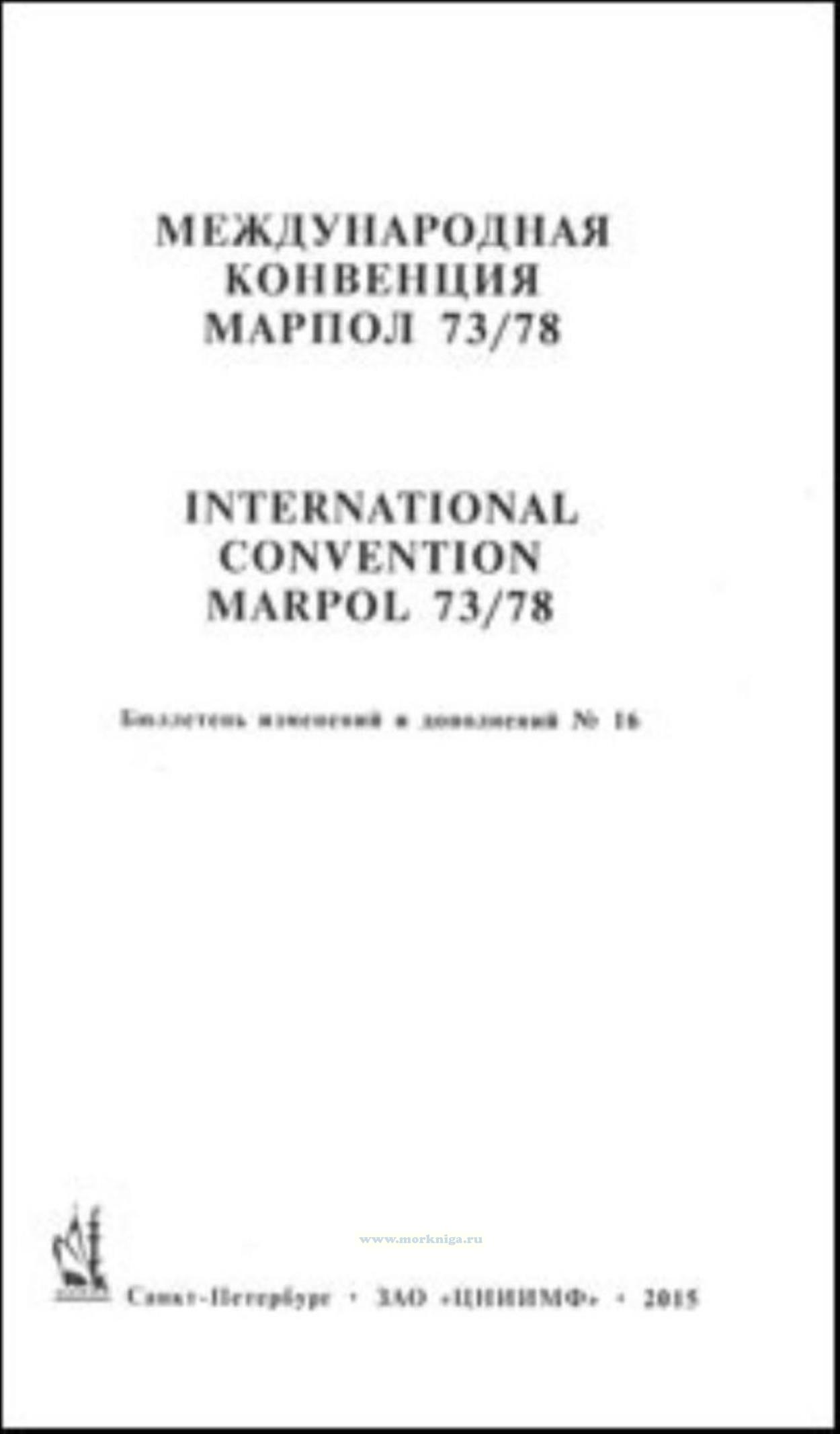 Бюллетень № 16 изменений и дополнений к Конвенции МАРПОЛ 73/78 и резолюций Комитета ИМО по защите морской среды от загрязнения с судов
Бюллетень № 16 изменений и дополнений к Конвенции МАРПОЛ 73/78 и резолюций Комитета ИМО по защите морской среды от загрязнения с судов 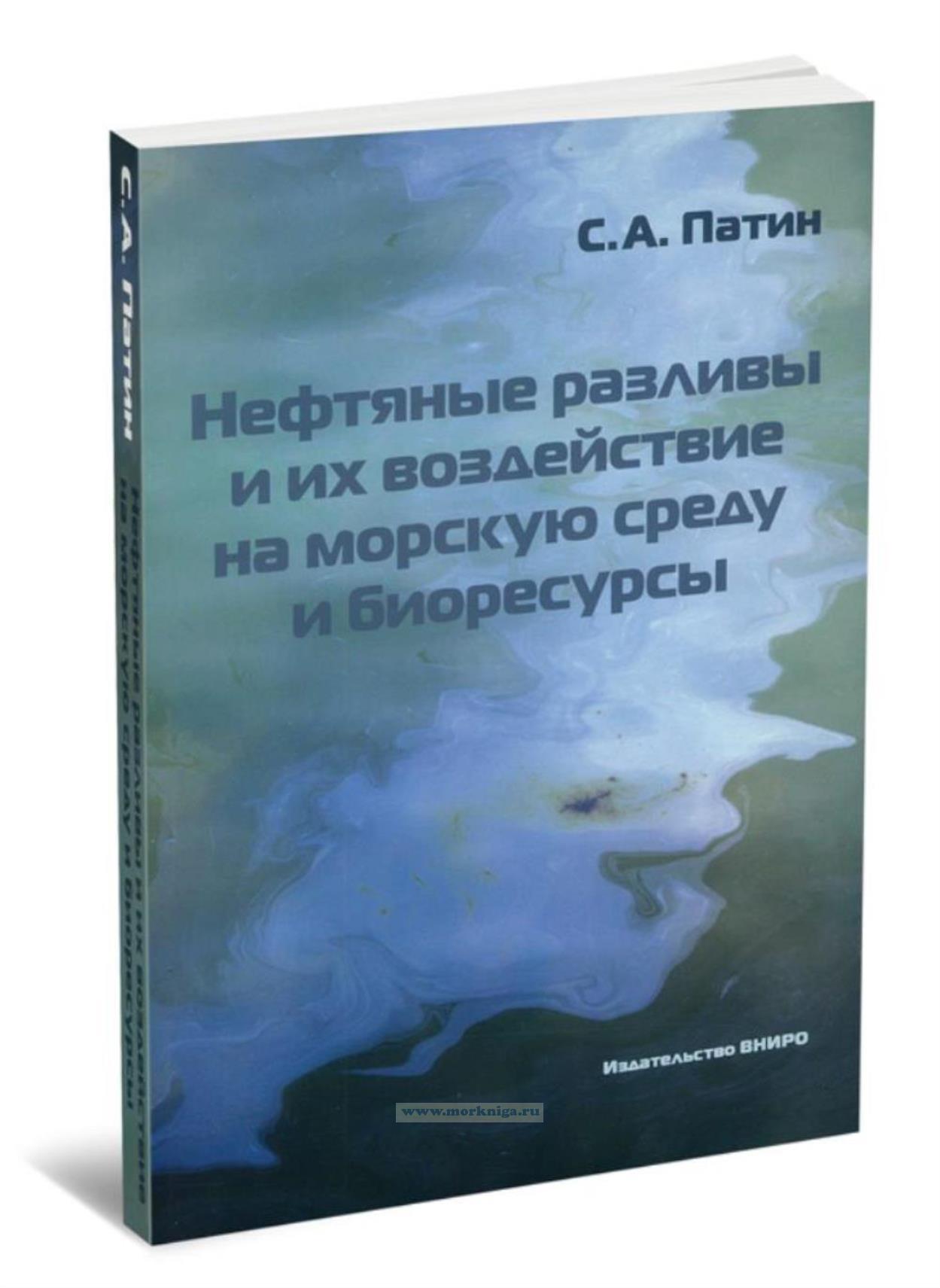 Нефтяные разливы и их воздействие на морскую среду и биоресурсы
Нефтяные разливы и их воздействие на морскую среду и биоресурсы 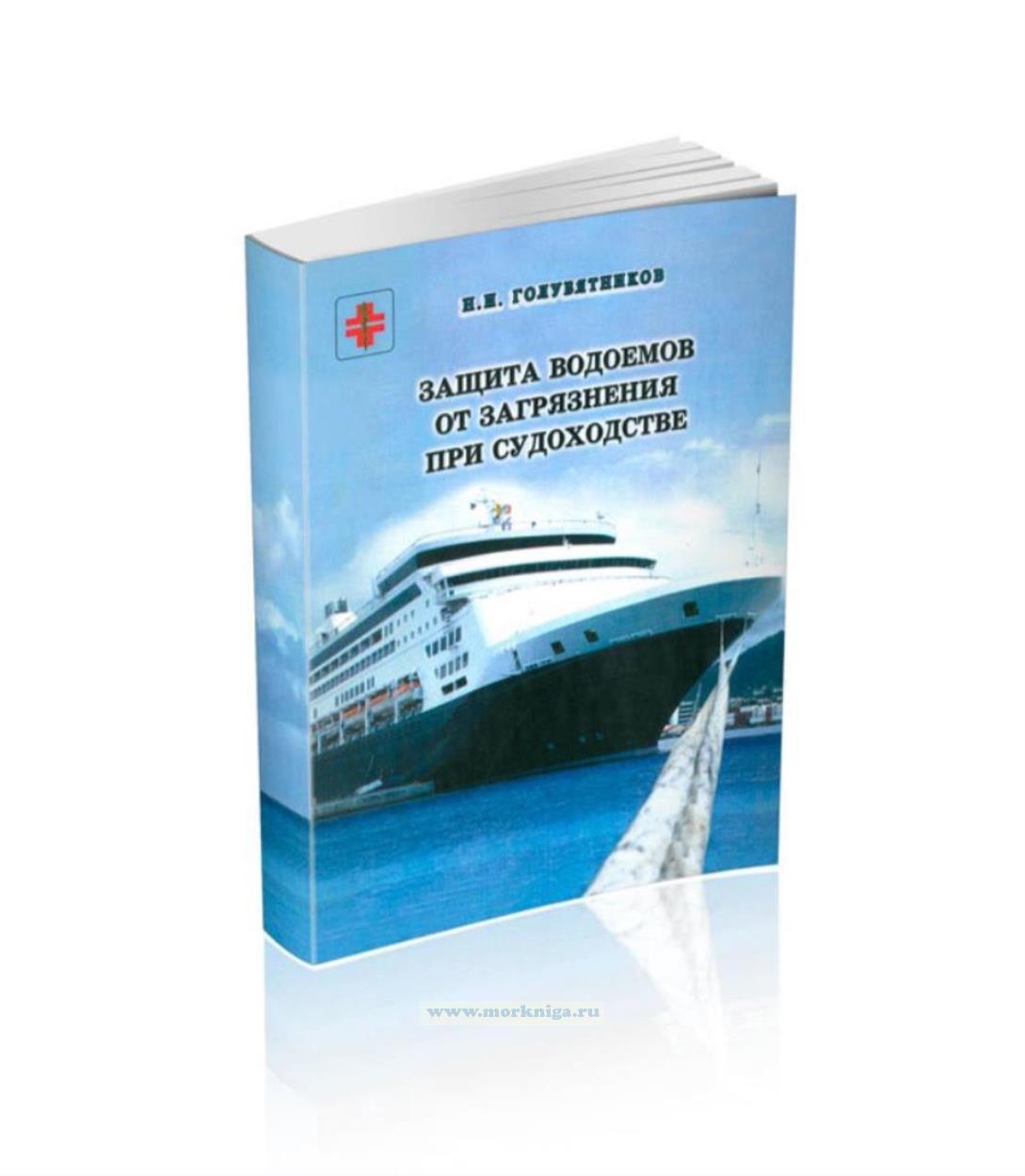 Защита водоемов от загрязнения при судоходстве
Защита водоемов от загрязнения при судоходстве